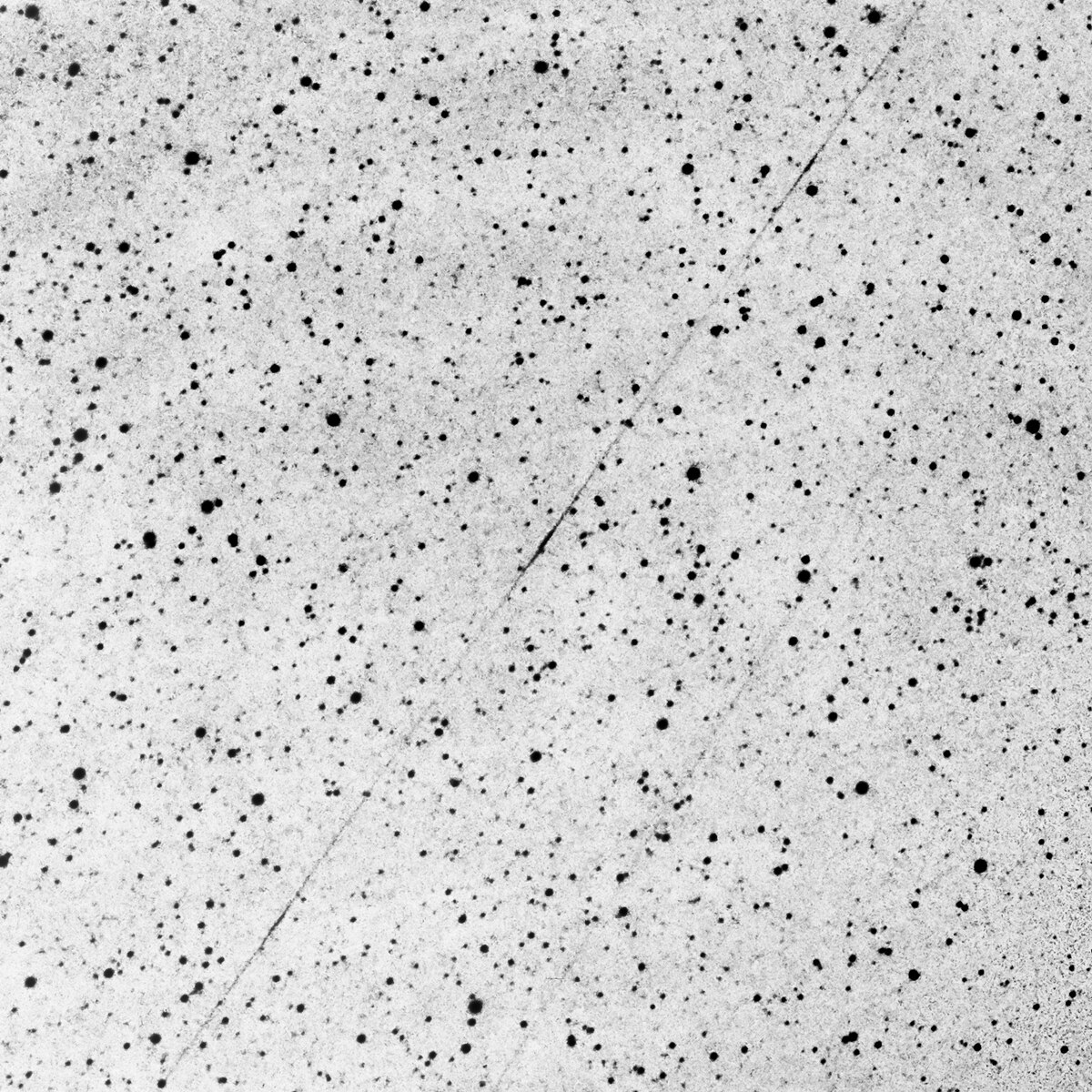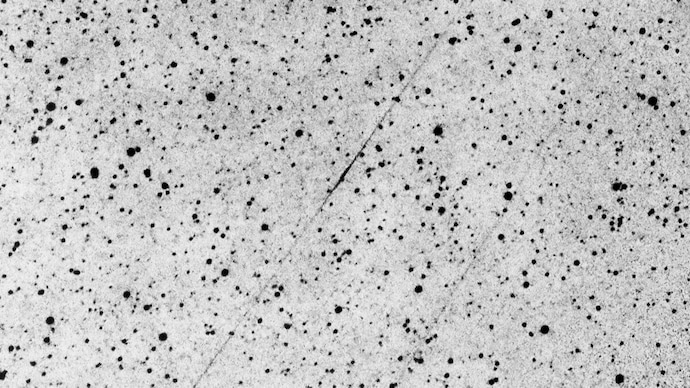
Aditya L1 captured streaking across sky from India's Dark Sky Reserve telescope
The image, showcasing a diagonal streak running from the upper right to the lower left, represents the satellite's trajectory.

In Short
- The spacecraft is on a mission to study the Sun
- It is currently en route to the Sun-Earth L1 point
- It was launched on September 2 from Sriharikota
In a significant achievement for Indian space research, the Aditya-L1 satellite has been successfully captured in an image by the 70-cm GROWTH-India Telescope (GIT).
The image, showcasing a diagonal streak running from the upper right to the lower left, represents the satellite's trajectory.
This image was captured by Tsewang Stanzin of the Indian Institute of Astrophysics (IIA) in Bengaluru and IIT Bombay students Vishwajeet, Ravi, and Ritwik Sharma using the GIT at Hanle Dark Sky Reserve (HDSR) in Ladakh.
The Aditya-L1 mission is spearheaded by the Indian Space Research Organisation (Isro), which provided five of the seven scientific payloads on board the satellite. The remaining two instruments were supplied by Indian academic institutes in collaboration with Isro, including the IIA and the Inter-University Centre for Astronomy and Astrophysics (IUCAA) in Pune.
The diagonal line streaking across not only depicts the satellite's path but also adds a sense of movement and direction to the image.
The spacecraft, which is on a mission to study the Sun, is currently en route to the Sun-Earth L1 point, a unique location in space where the gravitational forces of the Sun and Earth are in equilibrium.
Launched on September 2, from the Sriharikota launch pad in Andhra Pradesh, Aditya-L1 is India's first solar observatory mission. The spacecraft has completed two Earth-bound maneuvers as it eyes leaving the planet forever in the coming days to go to its new home, nearly 15,00,000 kilometers away.
The Aditya-L1 mission aims to deepen our understanding of solar eruptive events and their impact on space weather. The spacecraft will be placed in a halo orbit around the Lagrange Point 1 (L1), approximately 1.5 million km from Earth in the direction of the sun.
